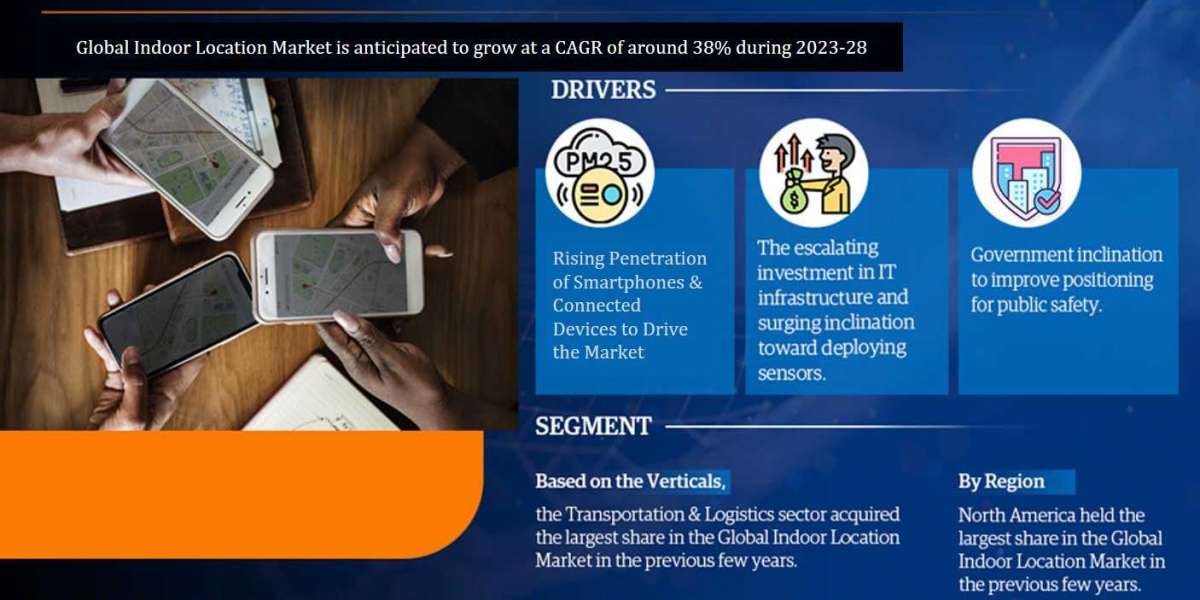Power distribution is a fundamental concept in various domains, ranging from electrical grids to social structures. At its core, power distribution refers to the allocation and dispersion of authority, resources, or energy within a system. Whether it's the flow of electricity through a network of cables or the dissemination of influence within a society, understanding power distribution is essential for comprehending the dynamics and implications of various systems.
In the realm of electrical engineering, power distribution involves the transmission of electricity from power plants to end-users. This process typically begins at generating stations, where electricity is produced through various methods such as coal, natural gas, nuclear fission, or renewable sources like wind and solar. Once generated, electricity is transmitted through high-voltage transmission lines to substations, where it is then stepped down to lower voltages suitable for distribution to homes, businesses, and industries.
The efficiency and reliability of power distribution systems are paramount. Engineers meticulously design networks to minimize energy losses during transmission and ensure uninterrupted power supply to consumers. Modern distribution systems often incorporate advanced technologies such as smart grids, which utilize sensors, automation, and real-time data analysis to optimize energy flow, detect faults, and enhance overall reliability.
Beyond the realm of electricity, power distribution manifests in various social, political, and economic contexts. In human societies, power distribution reflects the allocation of authority, resources, and privileges among individuals, groups, and institutions. It encompasses political structures, economic systems, cultural norms, and social hierarchies that shape interactions and influence outcomes within communities and nations.
In political systems, power distribution determines the allocation of decision-making authority among governmental bodies, elected officials, and citizens. Democratic societies typically strive for a balance of power through systems of checks and balances, where different branches of government hold distinct powers and serve as checks on one another to prevent the concentration of authority in the hands of a single entity.
Economic power distribution pertains to the allocation of wealth, resources, and opportunities within a society. Economic systems vary widely, ranging from free-market capitalism to centrally planned socialism, each with its unique mechanisms for wealth generation, distribution, and redistribution. Issues such as income inequality, access to education and healthcare, and social mobility are closely tied to how economic power is distributed within a society.
Social power distribution encompasses hierarchies based on factors such as gender, race, ethnicity, class, and other social identities. These hierarchies shape individuals' access to opportunities, influence their interactions with institutions and communities, and contribute to patterns of privilege and marginalization. Efforts to promote social justice and equality often involve challenging existing power structures and advocating for more equitable distribution of resources and opportunities.
In organizational settings, power distribution influences decision-making processes, communication flows, and interpersonal dynamics within groups and institutions. Hierarchical organizations typically have centralized power structures, where authority flows from top management down to lower-level employees. In contrast, decentralized organizations may distribute decision-making authority more evenly across different levels or teams, fostering a greater sense of autonomy and accountability among members.
The implications of power distribution are far-reaching and multifaceted, shaping the dynamics of societies, economies, and ecosystems. Unequal distribution of power can lead to disparities in access to resources, opportunities, and basic rights, perpetuating cycles of poverty, oppression, and environmental degradation. Concentration of power in the hands of a few can undermine democratic governance, foster corruption, and stifle innovation and social progress.
Conversely, more equitable distribution of power can contribute to greater stability, resilience, and inclusivity within communities and nations. Empowering marginalized groups, promoting participatory decision-making processes, and fostering collaboration across diverse stakeholders can help build more just, sustainable, and resilient societies.
Addressing imbalances in power distribution requires a multifaceted approach that involves legal, political, economic, and cultural interventions. Legal frameworks, such as anti-discrimination laws and labor regulations, can help protect individuals' rights and promote more equitable treatment within society. Political reforms aimed at enhancing transparency, accountability, and citizen participation can strengthen democratic governance and reduce the risk of authoritarianism and corruption.
Economic policies that prioritize equitable distribution of wealth, invest in social safety nets, and support inclusive growth can reduce poverty and inequality while fostering economic stability and resilience. Cultural shifts that challenge entrenched power dynamics, promote empathy and solidarity, and celebrate diversity and inclusion can help create more just and cohesive communities.
Technology also plays a crucial role in shaping power dynamics and distribution in the digital age. Digital platforms and social media have transformed the way information is produced, disseminated, and consumed, giving rise to new forms of influence and activism. However, they have also raised concerns about data privacy, algorithmic bias, and the concentration of power in the hands of tech giants.
In conclusion, power distribution is a complex and dynamic phenomenon that permeates every aspect of human society. Whether in the form of electrical currents flowing through a grid or authority and resources allocated within social, political, and economic systems, understanding power distribution is essential for navigating the challenges and opportunities of the modern world. By promoting equity, justice, and sustainability in the distribution of power, we can build more resilient, inclusive, and prosperous societies for future generations.







